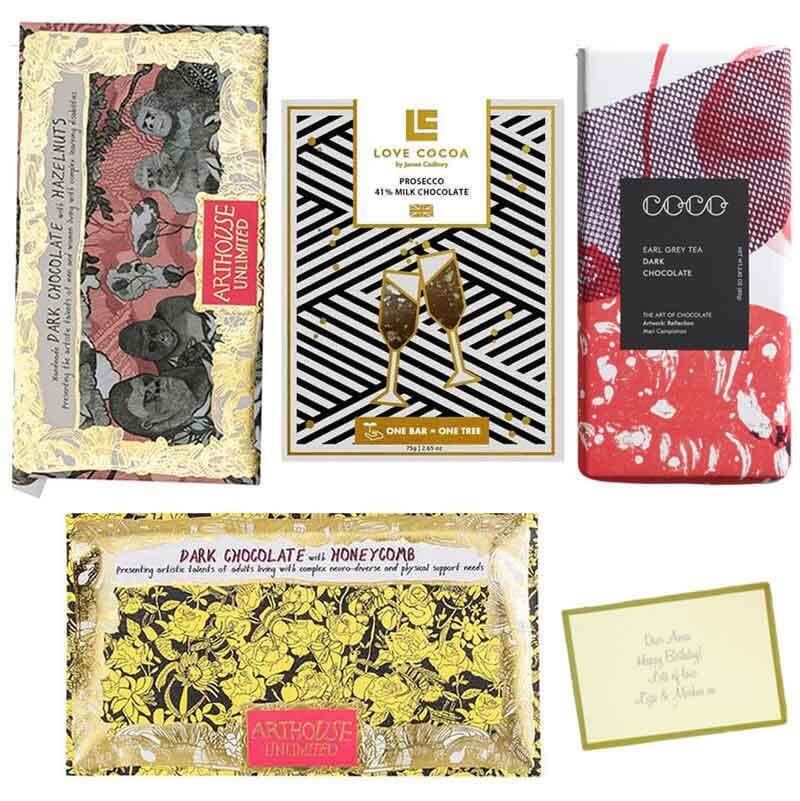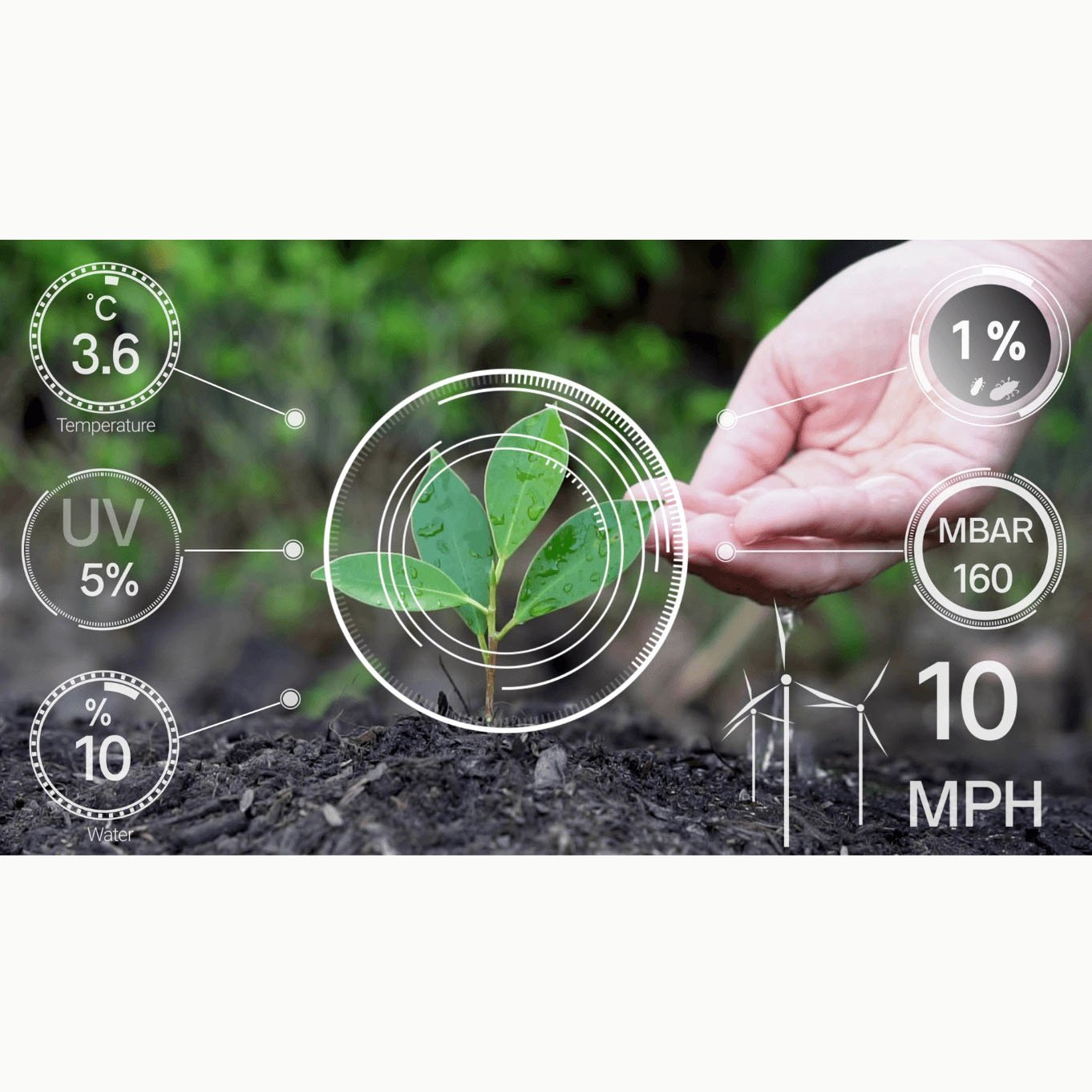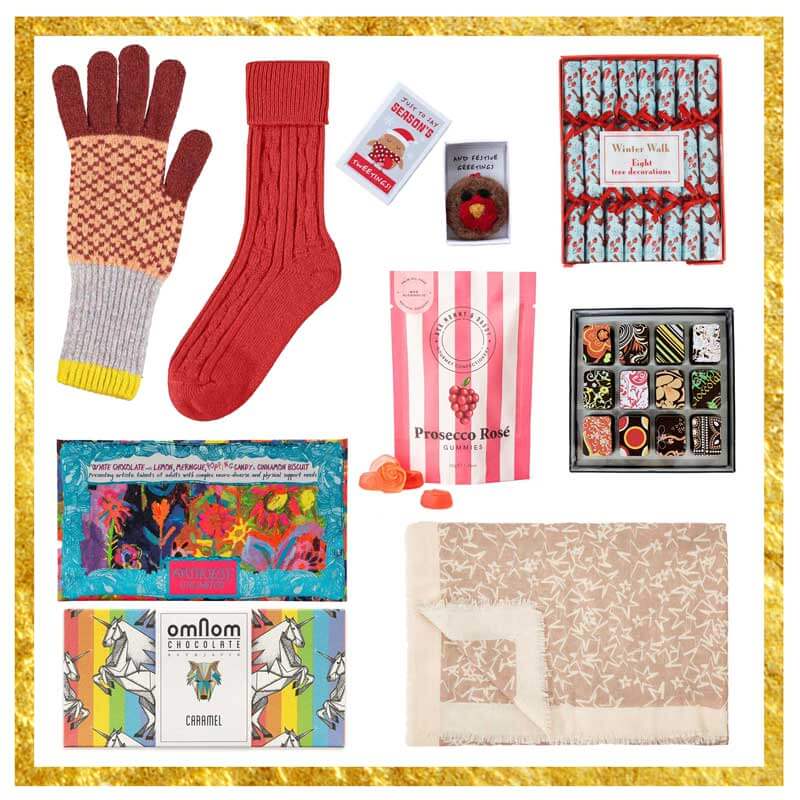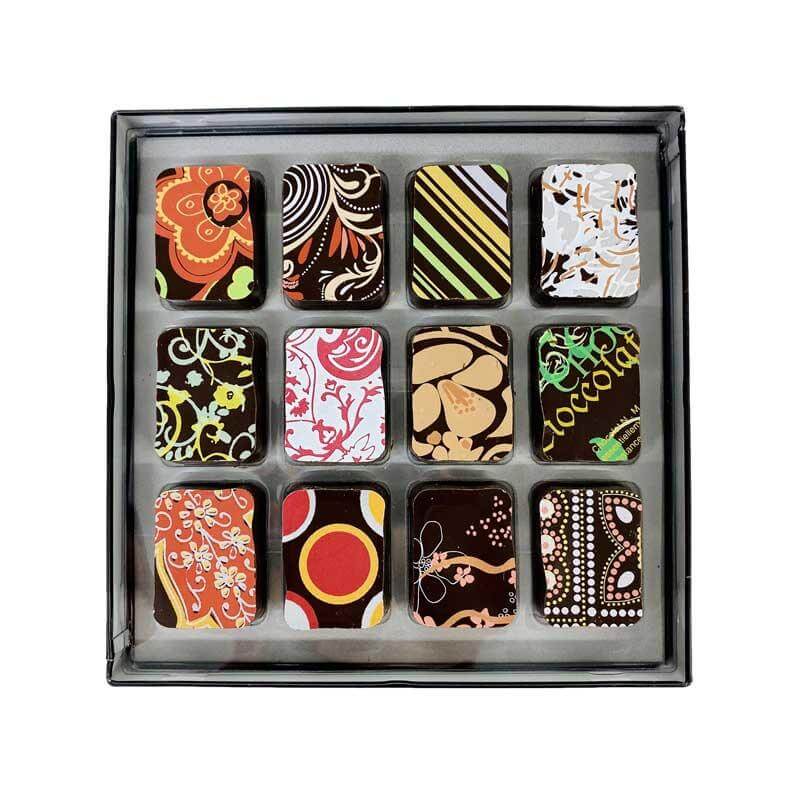Easter is a time of joy, celebration, and renewal for millions of Christians around the world. But did you know that the beloved Easter basket and its contents have a history that stretches back thousands of years?
Long before the story of Jesus Christ's resurrection, ancient cultures marked the spring equinox as a time of renewal and transition. As farmers prepared for the bountiful harvest to come, they prayed to their pantheon for a prosperous season. Among the deities celebrated was Eostre, the Anglo-Saxon goddess of spring and fertility. It is said that people held feasts in her honour and she was depicted holding a woven basket in the crook of her arm. Thus began the tradition of the Easter basket.
Over time, the basket became filled with symbolic items that represented new life and fertility. The rabbit, a longtime symbol of fertility, was believed to leave a basket filled with coloured eggs for children in European folklore. Eggs themselves have been mythological motifs for new life for centuries, with ancient Egyptians, Asians, and Greeks all believing in the premise of the world being born from a cosmic egg. Christians later adopted the egg as a symbol of the empty tomb of Jesus, staining them red to represent his blood.
All of these symbols of fertility were passed down through the ages and reimagined into the Easter traditions we hold dear to us today. The tradition of exchanging baskets is said to have descended from early medieval Catholics, who would bring baskets of delicious goods to church to be blessed by a priest in celebration of the end of Lent.
So this Easter, as we enjoy our baskets filled with candy, eggs, and other goodies, let us remember the long and storied history behind these beloved traditions. And let us give thanks for the renewal and rebirth that this special holiday brings to us all.
Find Postboxed's selection of letterbox friendly Easter Gifts Here.




